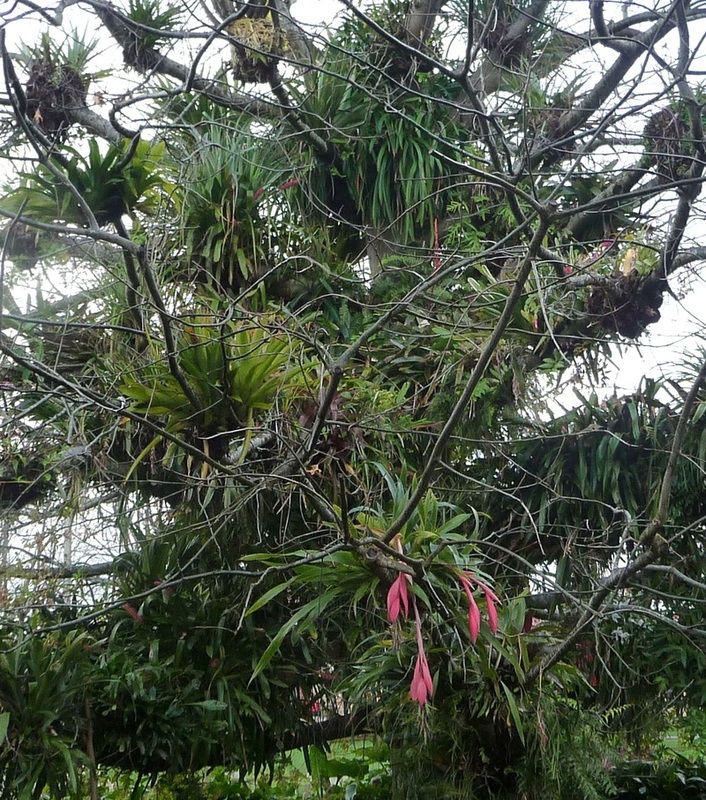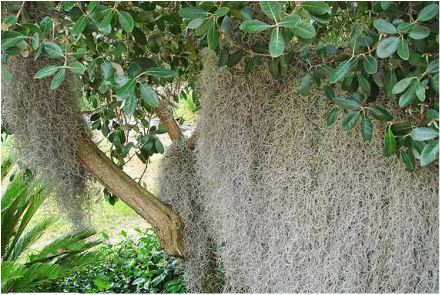I'm not aware of any formal investigations of people's backyard epiphyte diversity but I know of a few examples where home-owners are passionately growing all sorts of perching plants. The best local example is probably from Mr. Epiphyte Tree himself:
I don't think that the Ethiopian situation is mirrored in New Zealand because we can't achieve forest-like humidity in urban centres but I would be interested to hear from anyone who has a good epiphyte load in their home garden, either planted or naturally occurring?
In the meantime, here are a few more pictures of garden epiphytes from around the world:






 RSS Feed
RSS Feed
